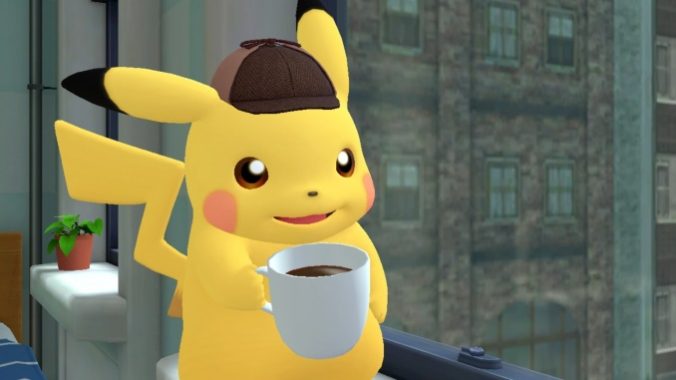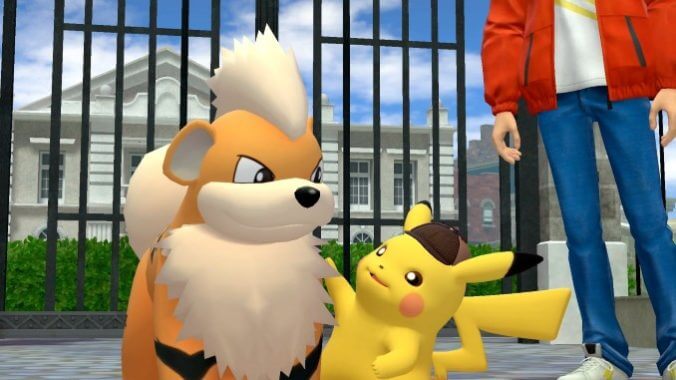Detective Pikachu Returns: At Least Ryan Reynolds Isn’t In It

I love mysteries. My favorite novel is Agatha Christie’s And Then There Were None, and I binged Criminal Minds in high school because I liked solving cases before the show’s characters did and it made me feel smarter than fictional FBI agents (I am not smarter than FBI agents; storytelling is just designed to hold your hand and show you what to think). I like mysteries for the thrill. I like the desperate search for answers within the unending puzzle of human nature. So I was excited to pick up Detective Pikachu Returns—an interactive mystery game the likes of which I haven’t played in years, and the second installment in the series that inspired the Detective Pikachu movie that I have yet to finish. Regrettably, the only thrill I felt while playing Detective Pikachu Returns was the thrill of rage.
Released earlier this month, Detective Pikachu Returns is the sequel to 2016’s Detective Pikachu. You continue to play as detective Tim Goodman and his partner Pikachu to solve mysteries, chief of which are why Tim and Pikachu can speak to one another, and where Tim’s father, Harry Goodman, is. Once again set in Ryme City, you’ll help Tim and Pikachu with a series of cases that inch you closer and closer to unveiling Harry’s whereabouts, and to answering questions posed by the first game.
Okay, not that we’ve got that out of the way, let’s start with the basics. The game’s look? Cute! The Pokémon are, as ever, smooth and huggable, most characters look generic and polished, and settings are rendered well enough as a 3D side scroller devoid of distracting detail. Pikachu’s detective hat looks great, as does Slowpoke’s fedora. That’s about it—as soon as I booted up Detective Pikachu Returns, I was struck by how the animation and design feels relatively low quality—that is to say, outdated. For a moment I questioned whether I was playing a new game or a remaster of an older one. I think the issue is that I’m used to more modern, polished, intricate looking games as opposed to Detective Pikachu Returns’s almost old school, basic, cartoonish look. Upon review it seems that the Pokémon style is classically smooth and low poly, but as someone who isn’t too intimate with one of the world’s largest videogame franchises, I guess I just expected more.
I felt similarly about controls and mechanics because, again, there’s not much either way. As far as I can tell, you’ll mostly be hammering the A button in a fruitlessly desperate bid to speed through conversations and toggling the joystick to run around Ryme City. There’s a handful of other controls you’ll need—R to trace scents with Growlithe, X to access your deducing journal—but beyond that you won’t be taking much advantage of those Joycons. Which, to be fair, you could say doesn’t hinder gameplay too much. Personally, when controls are complicated and involved, I get very easily confused and spend more time trying to remember what the D-pad does than actually using it. With Detective Pikachu Returns, at least I’m just spending more time trying to remember what the game is about.

-

-

-

-

-

-

-

-

-

-

-

-

-

-

-

-

-

-

-

-

-

-

-

-

-

-

-

-

-

-

-

-

-

-

-

-

-

-

-

-








































